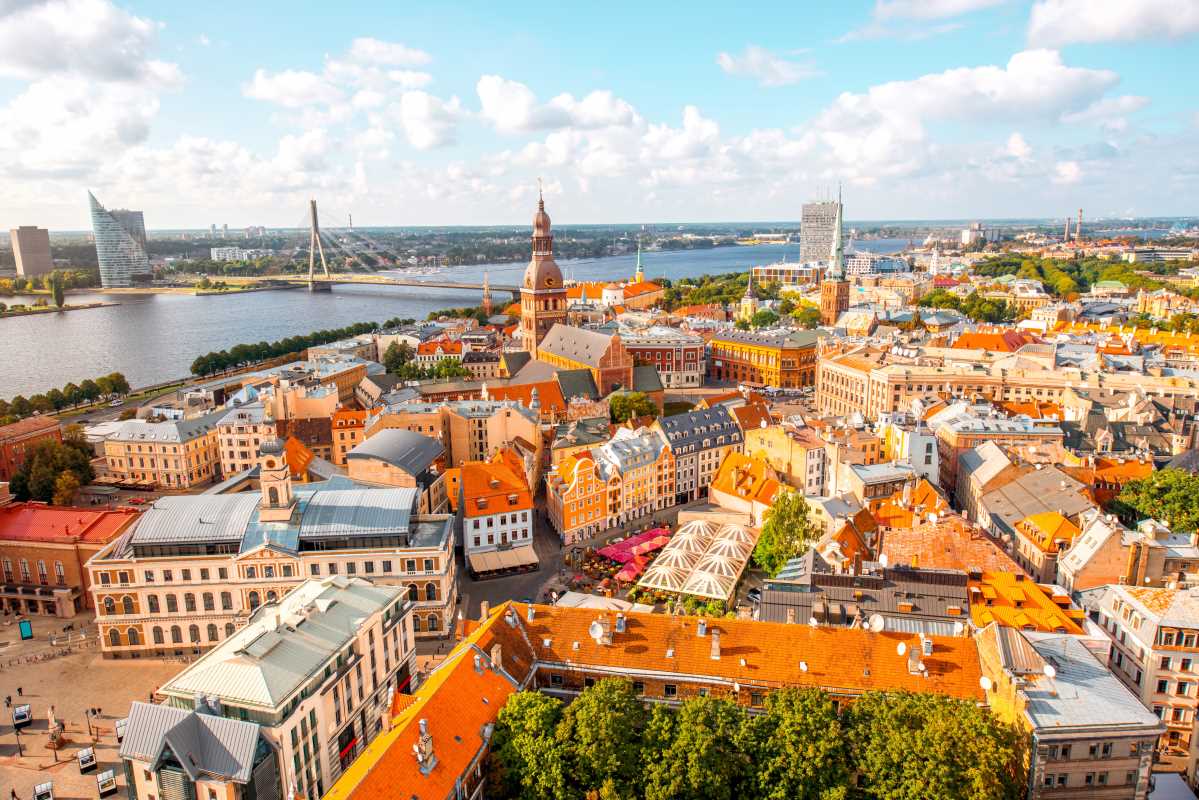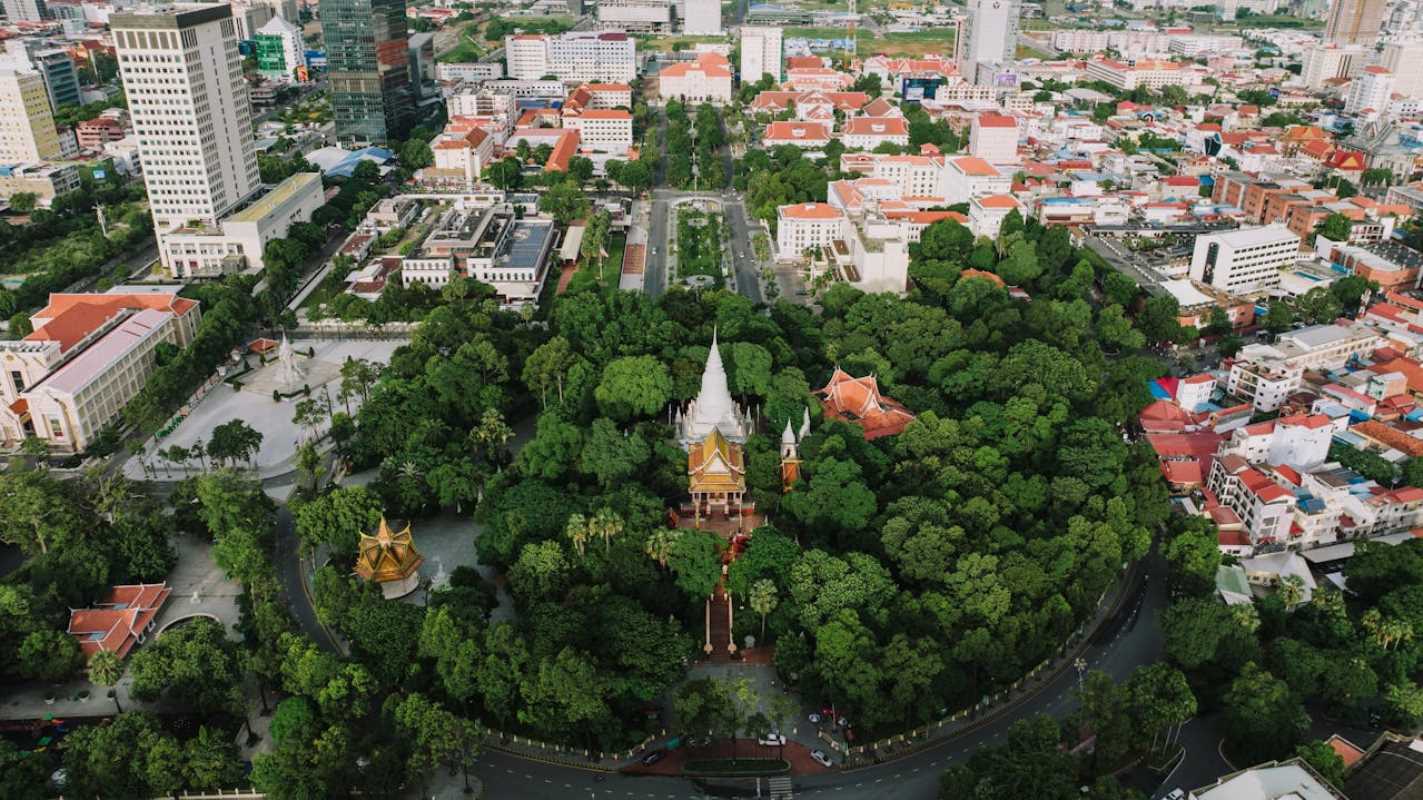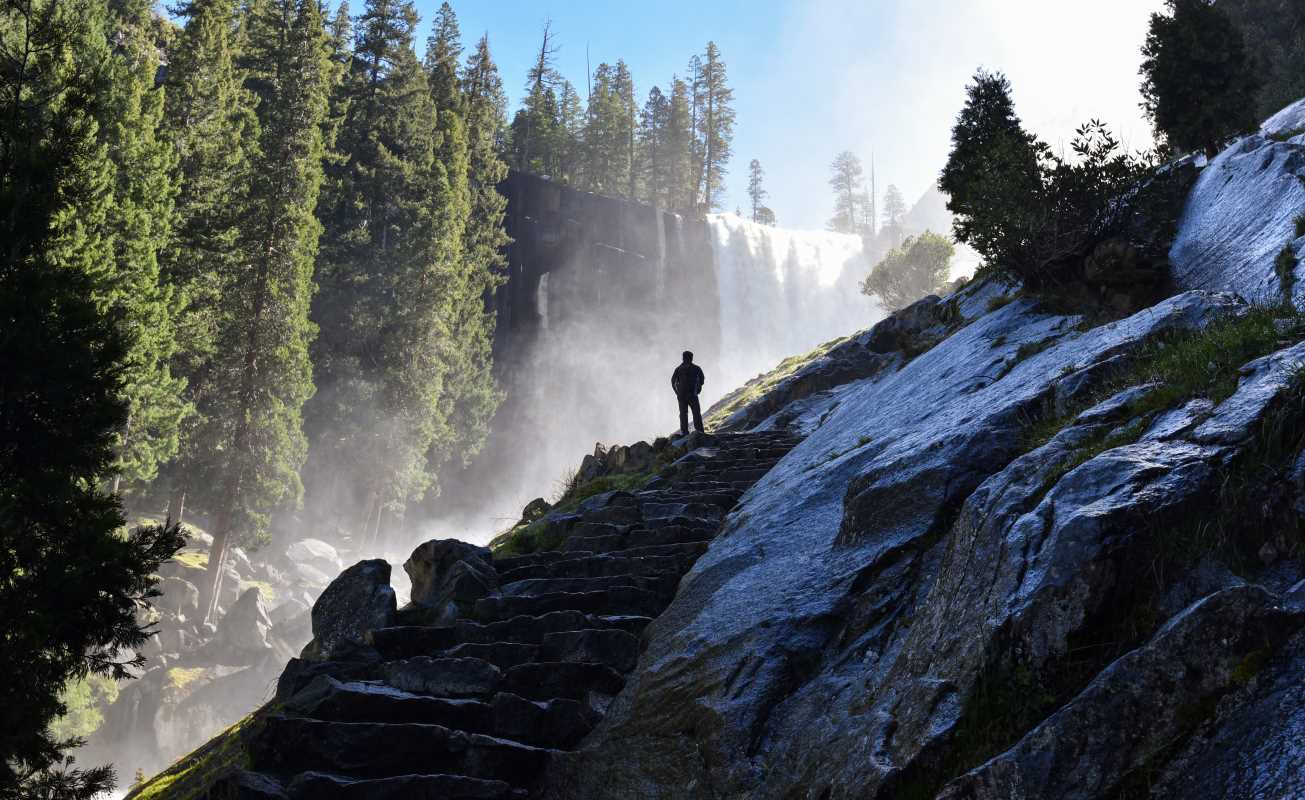Traveling through time can be as simple as stepping onto the grounds of ancient historical sites. These locations offer glimpses into the past, allowing us to appreciate the achievements and cultures that have shaped our world. From colossal temples to majestic ruins, the allure of ancient history draws millions of visitors each year. These are some must-see historical sites that should be on every traveler’s list.
The Pyramids of Giza, Egypt
No exploration of ancient history would be complete without a visit to the Pyramids of Giza, located just outside Cairo. Built over 4,500 years ago as tombs for the pharaohs, these monumental structures are a testament to the engineering prowess of ancient Egyptians. The Great Pyramid of Khufu, the largest of the three, was originally 146.6 meters tall and was the tallest man-made structure in the world for over 3,800 years. Visitors can tour the complex, explore the nearby Sphinx, and even venture inside some of the pyramids for a closer look at ancient burial practices.
- Tip: Visit early in the morning or late in the afternoon to avoid the crowds and the midday heat.
Machu Picchu, Peru
Perched high in the Andes Mountains, Machu Picchu is a UNESCO World Heritage Site and one of the most iconic symbols of the Inca civilization. Believed to be a royal estate or sacred religious site, Machu Picchu was rediscovered by American historian Hiram Bingham in 1911. Its terraced fields, intricate stone structures, and stunning vistas make it a breathtaking destination. The site offers various trekking options, including the famous Inca Trail, which allows adventurers to witness stunning landscapes and ancient ruins along the way.
- Tip: To fully appreciate the site, consider staying overnight in Aguas Calientes to catch the sunrise at Machu Picchu.
The Colosseum, Rome, Italy
A symbol of ancient Rome, the Colosseum is one of the most remarkable architectural feats of its time. Completed in 80 AD, this grand amphitheater could hold up to 80,000 spectators who gathered to watch gladiatorial contests, animal hunts, and theatrical performances. The Colosseum’s impressive design, featuring a complex system of vaults and arches, demonstrates the ingenuity of Roman engineering. Today, visitors can explore the arena’s underground chambers and walk the same paths that once echoed with the roars of the crowd.
- Tip: Book a guided tour to gain deeper insights into the history and architecture of this iconic landmark.
Petra, Jordan
Often referred to as the "Rose City," Petra is a UNESCO World Heritage Site showcasing the Nabataeans' extraordinary craftsmanship. Carved into rose-red cliffs, the city was an important trading hub in ancient times. Al-Khazneh (the Treasury) 's most famous structure is an exquisite example of Hellenistic architecture. Visitors can enter the site through the Siq, a narrow canyon that leads to breathtaking views of the ancient city. Hiking options abound, including trails to the Monastery and viewpoints that offer panoramic views of the surrounding desert.
- Tip: Hire a local guide to enhance your experience with stories and historical context.
Stonehenge, England
One of the most famous prehistoric monuments in the world, Stonehenge is a mystical site that has fascinated historians and archaeologists for centuries. Built around 2500 BC, the purpose of Stonehenge remains a subject of debate, with theories ranging from a ceremonial site to an astronomical observatory. The massive standing stones, some weighing up to 25 tons, are arranged in a circular formation that creates a striking visual impact against the English landscape. Visitors can walk around the site and explore the visitor center to learn more about its construction and significance.
- Tip: Consider visiting during the summer solstice for a unique experience celebrating the longest day of the year.
Angkor Wat, Cambodia
The largest religious monument in the world, Angkor Wat is a stunning example of Khmer architecture and a symbol of Cambodia's cultural heritage. Originally built as a Hindu temple in the early 12th century, it later transformed into a Buddhist temple. The intricate bas-reliefs and towering spires make Angkor Wat a masterpiece of ancient art and architecture. The surrounding complex includes numerous temples, such as Bayon and Ta Prohm, famous for its tree-covered ruins. Visitors can spend days exploring this vast archaeological wonder.
- Tip: Hire a bicycle to navigate the expansive temple complex and enjoy the serene surroundings.







